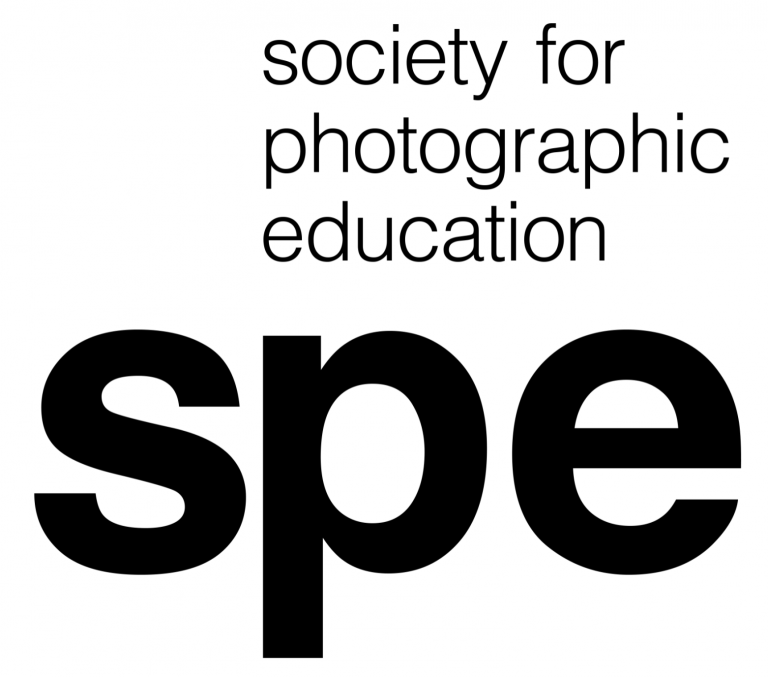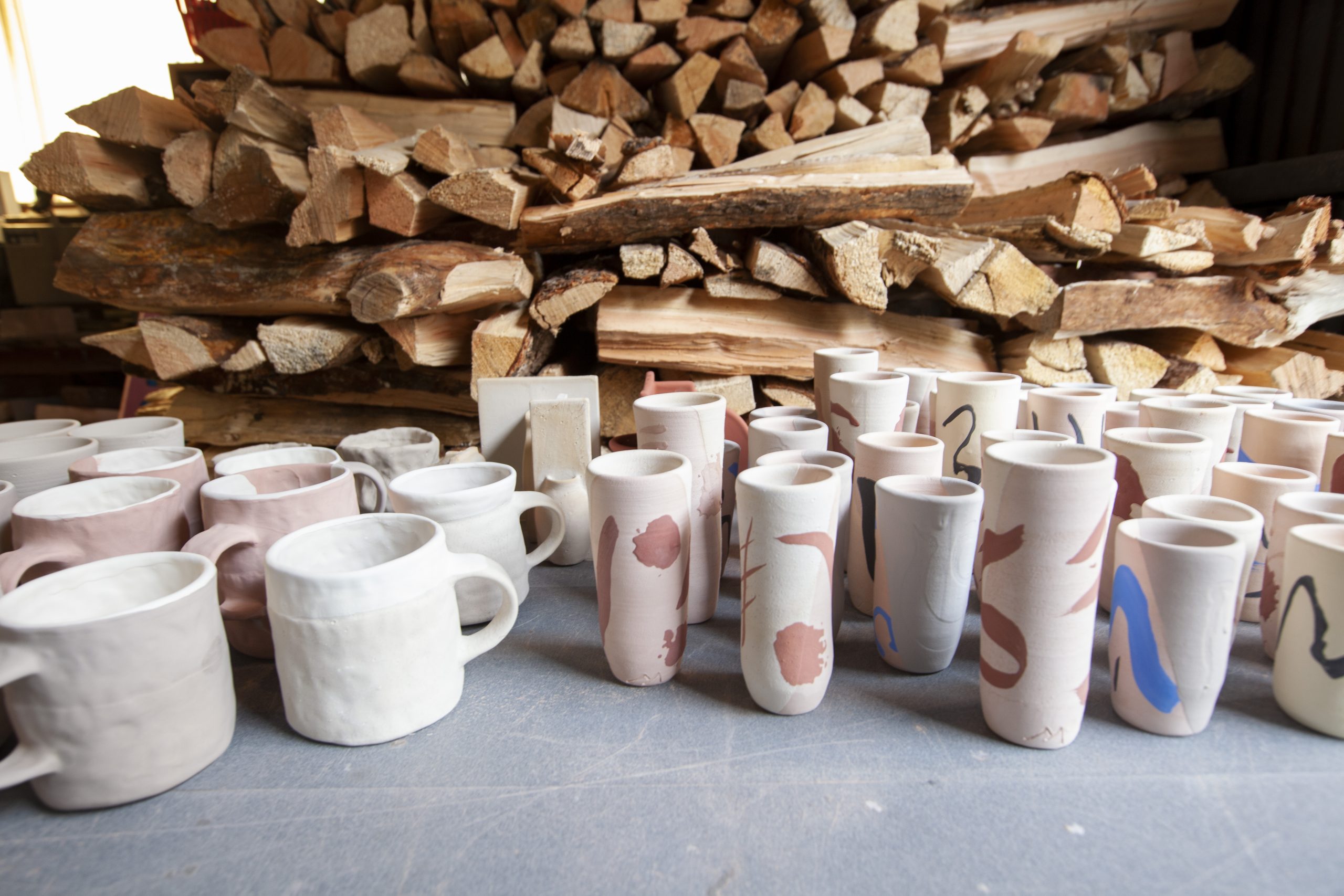Photography & New Media
Code: P0335-21
-
O
Open to All
Students of any skill and knowledge level.
Photo Encaustic: luminous layers
Jun 21 - 25, 2021
9AM-5PM
Concept
Explore the luminous, versatile and limitless possibilities of encaustic, a wax-based paint, in combination with photography and mixed media. During this workshop, students examine their own visual vocabulary through small, large or multi-paneled works. Demonstrations include layering encaustic over photographs, prints, drawings, collages, fabric and transferring images onto an encaustic wax surface to create intriguing works. Additional topics include mixing encaustic paint and media, studio safety, resisting, stenciling and masking, encaustic tools, fusing, metal leafing, collage and alternative techniques.
Media & Techniques
Encaustic techniques include choosing a substrate, encaustic gesso/grounds, gluing papers and prints, fusing, mixing medium, mixing encaustic paint from oil paint, dipping prints and papers, black-and-white and color Xerox type transfers, and collage techniques. Surface techniques including layering images, stencils and masks, incising lines, oil pastels and pigment sticks are reviewed.
Workshop sponsored by:

Faculty

K Rhynus Cesark
K Rhynus Cesark received her Bachelor of Arts from Plymouth State University and received her Master of Fine Arts from Massachusetts College of Art and Design. K is a multimedia artist. She divides her time in her Carbondale Colorado studio between creating sculpture, encaustic painting, ceramic tableware, installations, printmaking, and digital media. Her work is created with a traditional and a post-digital mindset. She exhibits her work internationally.

K Rhynus Cesark, RedHouse
Join Waitlist for Photo Encaustic: luminous layers
Thank you for your interest in the waitlist. When space in a workshop or program becomes available, registration will open on the website. Everyone on the waitlist will be emailed to alert them of the opening. This ensures that everyone has an equal opportunity to register for the workshop or program.
Photography & New Media
Photography has always been a vital part of Anderson Ranch, one in which students explore visual storytelling through a variety of contexts and concepts. The program has uniquely evolved to focus on both traditional photography and new media— making it one of the only workshop settings of its kind. Three floors of the Fischer Photography Center house state-of-the-art equipment, including three photography studios, two Mac labs, a traditional darkroom, and a lighting studio with strobe and continuous lighting for photography and video.
All Photography workshops are rooted in the same idea—powerful art requires rigorous inquiry of techniques and ideas. We focus on technical skills, content and critical dialog. Students have access to color-managed media labs equipped with 24-inch iMacs, flatbed and film scanners, Epson printers, and cutting-edge software including Adobe Creative Cloud. When appropriate, students utilize strobe and tungsten lighting equipment, seamless backdrops, green screen, audio and video recording equipment and Epson large-format printers.
The Ranch Photography and New Media team creates an inspiring environment, allowing artists of all levels to explore lens-based media and the journey of artistic discovery in the unparalleled setting of the Colorado Rockies.


Anderson Ranch is happy to extend a tuition discount* in one- and two-week adult photography and new media summer workshops** for members of SPE and the Center for Fine Art Photography at the student membership level or above. Please email reg@
Workshop Details
Lodging & Meals
Housing is limited and includes shared and private lodging options. Reservations will be managed on a first-come, first-served basis. The earlier you reserve housing, the better your chance of receiving your preferred option. Please note: Workshop costs do not include accommodations.
NEW: Tuition includes a welcome dinner and lunches. In our effort to foster a stronger sense of community and accessibility at Anderson Ranch, we include the welcome dinner and all lunches as part of the tuition for summer workshop students. Our hope is that this adjustment will encourage all students to come together to share meals and engage in meaningful conversations. The Ranch Café Meal Plan, which is included with Room and Board fees, strives to provide healthy, creative meals that will nourish your artistic creativity. Learn more.
We have established a Business Safety Plan with added layers of precaution that prioritize the health and safety of our staff, students, faculty and guests while continuing to provide you with the Anderson Ranch experience that you know and enjoy.

Scholarships, College Credit & Discounts
Making Art Accessible
Applications for scholarship support are encouraged. Specific scholarships are funded by Ranch supporters, either through endowed funds or special gifts.
Many colleges and universities offer college credit for workshops taken at Anderson Ranch. Discounts are available for students and teachers.
You Might Also Be Interested In

-
IV
Level IV
Photography students have advanced skills and knowledge of photography and digital image processing. New Media students have advanced skills and knowledge of video, multimedia, coding or animation. Students are self-motivated and have multiple portfolios of their artwork.
Aug 18 - 22, 2025
9AM - 5PM
Advanced Mentored Studies: Visual Storytelling and Documentary Photography Projects
James Estrin, Ed Kashi
Tuition $1,980
Code P1201-25
The digital age has given documentary photographers and photojournalists new ways to tell stories with greater authorship and control. This workshop focuses on how to create a personal documentary project and get it seen. The ultimate goal is to find a subject that speaks to a personal passion, document it in a unique visual style, then disseminate the work. Participants engage new technologies to become more effective storytellers, which include social media, transmedia, virtual reality, and digital video. 2025 is the third year of this three-year intensive program. There are openings if you would like to join for one year. For more information about our next session of this Advanced Mentored Studies program, please contact Andrea Jenkins Wallace, Vice President of Artistic Affairs and Artistic Director of Photography and New Media, at [email protected] with questions. TO APPLY: Applications for enrollment are accepted on a rolling basis. To apply, please fill out the 2025 Advanced Mentored Studies Online Application Form.

-
O
Open to All
Students of any skill and knowledge level.
Aug 18 - 22, 2025
9AM-5PM
Reimagine the Process: Photography Workflow Made Simple
Joe Lavine
Tuition $1,325
Code P1229-25
In the days before digital, capturing a photograph involved sending film and filing negatives. Today, photographers create infinite images, utilize metadata, process the digital captures, organize files for easy retrieval, and output for social media, publication, and printing. This can feel daunting, but it isn't; it simply requires a proper workflow. In this workshop students build an understanding of a streamlined process that allows creative vision to unleash while maintaining organization. The week’s goal is to comfortably understand file organization, including naming protocols, metadata, keywords, editing images using Adobe Lightroom Classic, transitioning to Adobe Photoshop, working with third-party plugins, and preparing images for various output requirements. We also spend time printing to see how work transitions from the screen to something tangible we hold in our hands.

-
O
Open to All
Students of any skill and knowledge level.
Aug 25 - 29, 2025
9AM-5PM
All the Layers! Merging Image and Texture Through Collage
Genevieve Lowe
Tuition $1,415
Code D1329-25
This class expands on the traditional methods of collage and explores new ways to visually express ideas. Using mixed-media—paper, photos and photo transfers, found materials, and fabrics—and an introduction to press-free printmaking techniques including stencils, pochoir, and basic transfer processes, we investigate ways to build up imagery and textures that elevate mixed-media materials. Students experiment with new techniques demonstrated daily in class and explore forms of expression that may challenge their previous working methods and expectations. Students work on quick studies as well as multi-day, deliberate projects that produce a personal visual vocabulary and strive toward more advanced, completed work.









